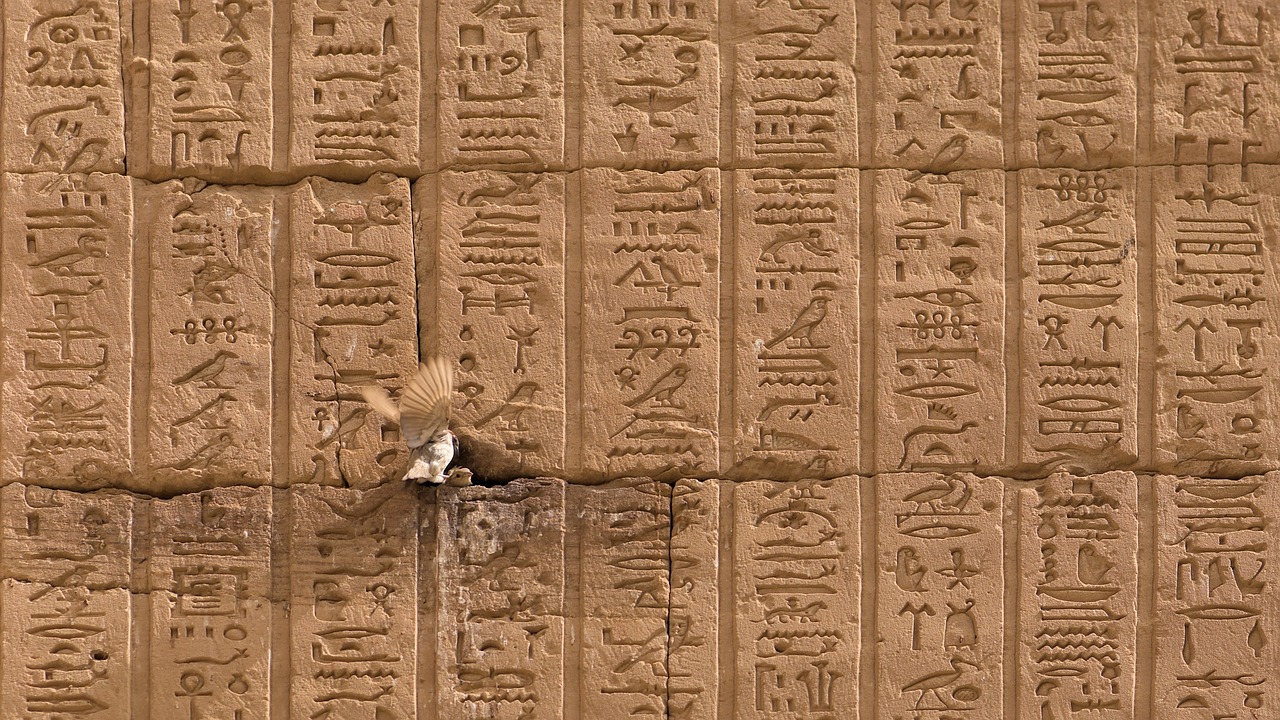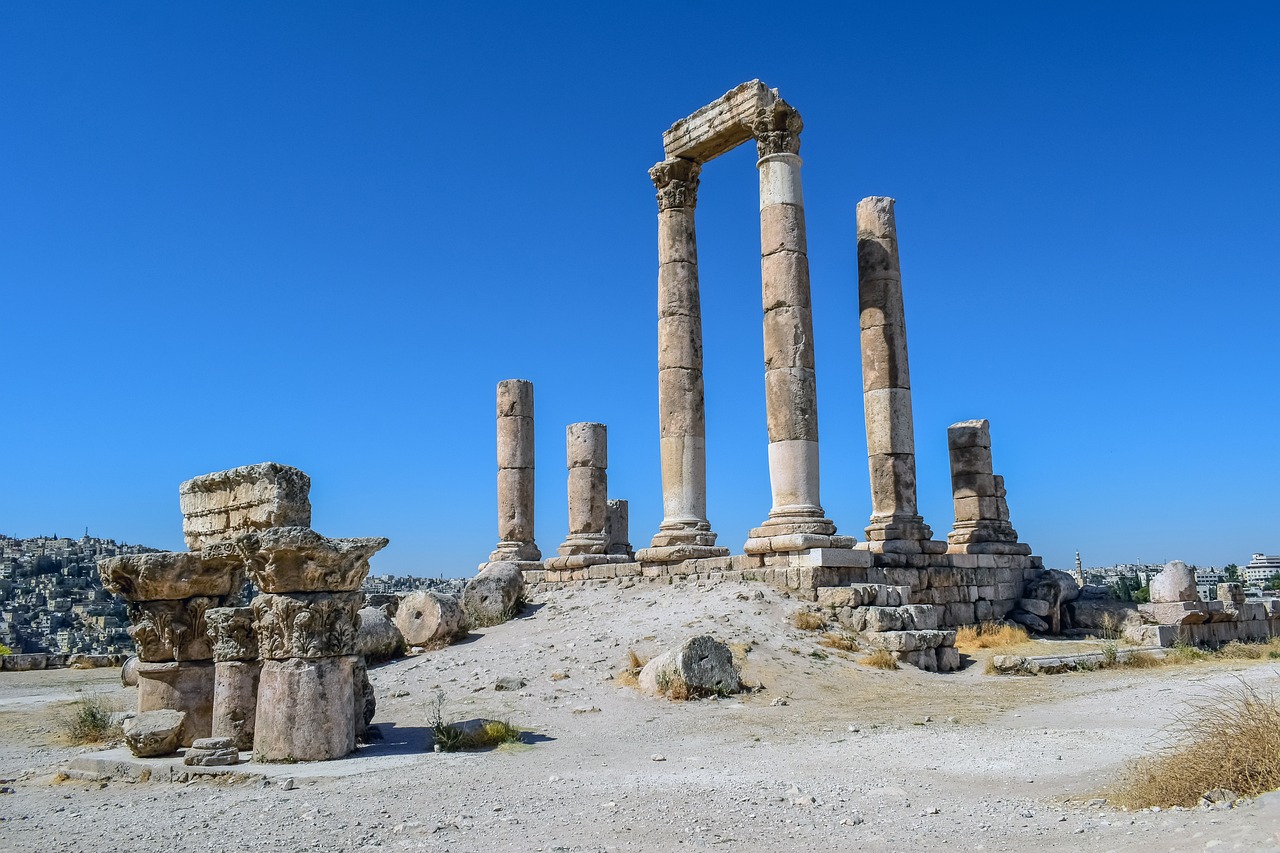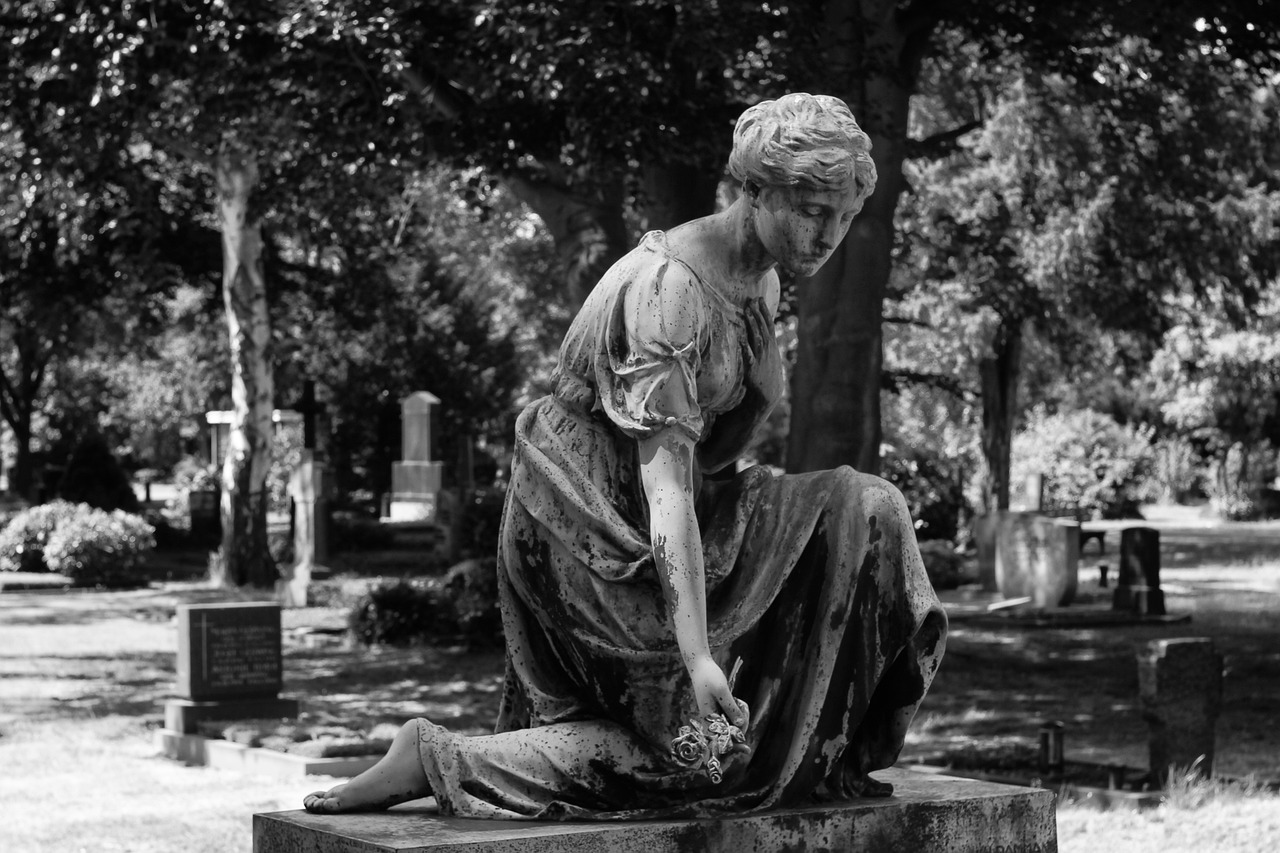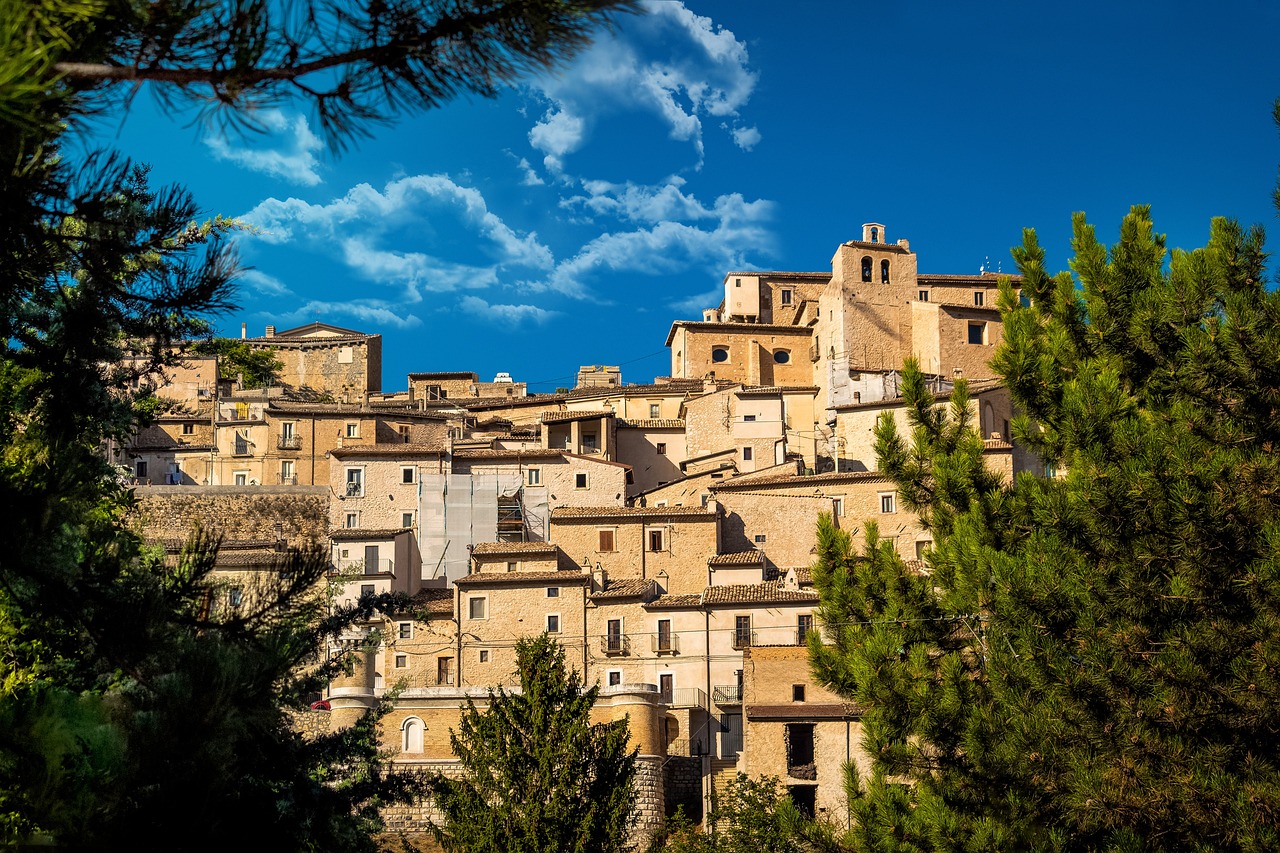The Secrets of Ancient Egyptian Royalty
Unveiling the mysteries and intrigues surrounding the ancient Egyptian royalty takes us on a captivating journey through the sands of time. The pharaohs and queens of this ancient civilization held unparalleled power and influence, shrouded in divine status and cultural significance. These rulers of the Nile, with their majestic palaces and elaborate tombs, left behind a legacy that continues to fascinate and inspire.
From the grandeur of the pyramids to the opulence of royal treasures, the secrets of ancient Egyptian royalty are as dazzling as they are enigmatic. The architectural marvels of palaces and temples stand as testaments to the pharaohs' divine connections, while the intricate burial practices reveal their beliefs in the afterlife. Each artifact and inscription unearthed from the sands whispers tales of wealth, power, and mystique.
Delving into the lives of powerful queens like Cleopatra and Nefertiti unveils a world where women wielded significant influence behind the scenes. These hidden influencers navigated the intricate webs of politics and culture, leaving their mark on history with grace and intelligence. Their stories add layers of complexity to the narrative of ancient Egyptian royalty.
The worship of divine rulers, the ceremonies, and rituals that surrounded them, offer a glimpse into the religious practices of this civilization. The pharaohs were not just political leaders but also religious figures, believed to be intermediaries between the mortal realm and the gods. Their legacy lives on in the temples and inscriptions dedicated to their divine status.
As we trace the enduring impact of ancient Egyptian royalty on modern Egypt, we witness a cultural tapestry woven with threads of tradition and innovation. The influence of these ancient rulers echoes through the centuries, drawing travelers and archaeologists alike to unravel the mysteries buried beneath the sands. The enigmas of their lives continue to spark curiosity and debate, keeping their legacy alive in the modern world.

Pharaohs: Rulers of the Nile
Exploring the hidden aspects of the lives and reigns of the pharaohs and queens of ancient Egypt, shedding light on their power, rituals, tombs, and legacies.
Pharaohs, the revered rulers of ancient Egypt, held a divine status that set them apart as both political leaders and religious figures. Their influence extended beyond mortal realms, shaping the very fabric of Egyptian society. These mighty monarchs oversaw monumental constructions such as the Great Pyramids, eternal testaments to their power and legacy. Through their reigns, pharaohs left an indelible mark on history, forever intertwined with the flow of the majestic Nile.

Queens: The Hidden Influencers
Exploring the hidden aspects of the lives and reigns of the pharaohs and queens of ancient Egypt, shedding light on their power, rituals, tombs, and legacies.
Queens in ancient Egypt held a significant but often underestimated role in shaping the kingdom's destiny. Among these influential women, Cleopatra and Nefertiti stand out as symbols of power, intelligence, and beauty. Cleopatra, known for her strategic prowess and captivating charm, navigated the treacherous waters of politics with finesse. Her alliances and diplomatic skills kept Egypt afloat amidst the turbulent times. Nefertiti, on the other hand, was revered for her grace and elegance, as well as her devotion to the arts and culture. Her reign marked a golden era of creativity and prosperity.

Royal Tombs: Gateways to the Afterlife
Exploring the hidden aspects of the lives and reigns of the pharaohs and queens of ancient Egypt, shedding light on their power, rituals, tombs, and legacies.
Unveiling the divine status, political influence, and monumental constructions of the pharaohs, showcasing their role in shaping Egypt's history and culture.
Delving into the lives of powerful Egyptian queens like Cleopatra and Nefertiti, revealing their political savvy, cultural contributions, and mysterious allure.
Royal tombs in ancient Egypt served as gateways to the afterlife, reflecting the profound beliefs and rituals surrounding death and the journey to eternity. These tombs were not merely resting places for the royalty, but elaborate structures filled with treasures and artifacts to accompany them in the afterlife. The intricate hieroglyphs and paintings adorning the walls depicted scenes from the pharaoh's life and guided them through the underworld. The architecture of these tombs was a testament to the pharaoh's power and divine connections, showcasing their eternal legacy.
Examining the grand palaces, majestic temples, and monumental structures built by pharaohs to showcase their power and divine connections.
Uncovering the dazzling treasures, precious artifacts, and opulent jewelry that adorned the royalty of ancient Egypt, reflecting their wealth and influence.
Investigating the religious ceremonies, rituals, and beliefs that surrounded the divine status of pharaohs and their connection to the gods.
Tracing the enduring impact of ancient Egyptian royalty on modern Egypt, including cultural traditions, tourism, and archaeological discoveries.
Diving into the unresolved mysteries, controversies, and enigmas surrounding the lives and reigns of the pharaohs and queens of ancient Egypt.

Palaces and Temples: Architectural Marvels
Exploring the hidden aspects of the lives and reigns of the pharaohs and queens of ancient Egypt, shedding light on their power, rituals, tombs, and legacies.
When we think of ancient Egypt, images of grand palaces and majestic temples immediately come to mind. The pharaohs spared no expense in building architectural marvels that stood as a testament to their power and divine connections. These structures were not just buildings but symbols of authority and religious significance.
The palaces of the pharaohs were opulent and grandiose, designed to showcase their wealth and status. These magnificent structures were adorned with intricate carvings, colorful paintings, and luxurious furnishings. Walking through the halls of these palaces, one could feel the aura of power and majesty that surrounded the rulers of Egypt.
On the other hand, the temples in ancient Egypt were not only places of worship but also architectural wonders. Constructed with precision and adorned with hieroglyphics and statues, these temples were dedicated to various gods and goddesses. The temples served as centers of religious ceremonies and rituals, where the pharaohs would communicate with the divine.
One of the most famous temples in Egypt is the Temple of Karnak, dedicated to the god Amun. This vast complex of temples and halls is a true architectural marvel, with towering columns and intricate reliefs depicting scenes from Egyptian mythology. The Temple of Luxor is another stunning example of ancient Egyptian temple architecture, with its grand entrance and colossal statues.
These palaces and temples were not just buildings; they were statements of power and devotion. The pharaohs spared no expense in creating these architectural wonders, leaving behind a legacy that continues to awe and inspire us today.

Royal Treasures: Symbols of Wealth and Power
Exploring the hidden aspects of the lives and reigns of the pharaohs and queens of ancient Egypt, shedding light on their power, rituals, tombs, and legacies.
Unveiling the divine status, political influence, and monumental constructions of the pharaohs, showcasing their role in shaping Egypt's history and culture.
Delving into the lives of powerful Egyptian queens like Cleopatra and Nefertiti, revealing their political savvy, cultural contributions, and mysterious allure.
Exploring the elaborate burial practices, intricate tombs, and religious beliefs surrounding the afterlife of ancient Egyptian royalty.
Examining the grand palaces, majestic temples, and monumental structures built by pharaohs to showcase their power and divine connections.
The royal treasures of ancient Egyptian royalty serve as exquisite symbols of wealth and power, reflecting the opulence and influence of the pharaohs and queens. These treasures, consisting of dazzling artifacts and opulent jewelry, not only adorned the royalty but also showcased their status and grandeur to the world.
Investigating the religious ceremonies, rituals, and beliefs that surrounded the divine status of pharaohs and their connection to the gods.
Tracing the enduring impact of ancient Egyptian royalty on modern Egypt, including cultural traditions, tourism, and archaeological discoveries.
Diving into the unresolved mysteries, controversies, and enigmas surrounding the lives and reigns of the pharaohs and queens of ancient Egypt.

Religious Practices: Worship of the Divine Rulers
The religious practices of ancient Egyptian royalty were deeply intertwined with the worship of the divine rulers, the pharaohs. These rulers were not only seen as political leaders but also as gods on Earth, embodying the divine power and authority of the gods in the mortal realm. The Egyptians believed that the pharaohs were the intermediaries between the gods and the people, responsible for maintaining Ma'at, the cosmic order of the universe. This belief system led to elaborate religious ceremonies and rituals that aimed to honor and appease the pharaohs as divine beings.
One of the central aspects of religious practices in ancient Egypt was the construction of temples dedicated to the worship of the pharaohs as living gods. These temples served as sacred spaces where priests and devotees could offer prayers, sacrifices, and rituals to honor the pharaohs and seek their divine favor. The temples were adorned with intricate carvings, hieroglyphs, and statues depicting the pharaohs in their divine form, emphasizing their connection to the gods and their role as divine rulers.
The religious ceremonies surrounding the pharaohs were elaborate and meticulously planned, involving processions, offerings, and prayers performed by priests and attendants. These ceremonies were designed to reinforce the pharaohs' divine status and ensure the favor of the gods for the prosperity and stability of Egypt. The pharaohs themselves actively participated in these rituals, embodying their divine role and reinforcing their authority as the chosen representatives of the gods.
Furthermore, the belief in the afterlife played a significant role in the religious practices of ancient Egyptian royalty. The pharaohs were entombed in elaborate tombs filled with treasures, provisions, and magical spells to ensure their successful journey to the afterlife and their eternal existence among the gods. The construction of these tombs was a sacred duty, reflecting the Egyptians' belief in the continuity of life beyond death and the importance of preserving the pharaohs' divine essence for eternity.
Overall, the worship of the divine rulers in ancient Egypt was a central aspect of society, shaping the religious beliefs, rituals, and cultural practices of the civilization. The pharaohs' divine status and their connection to the gods were fundamental to the Egyptians' understanding of the universe and their place within it, highlighting the enduring influence of religion on the lives of ancient Egyptian royalty.

